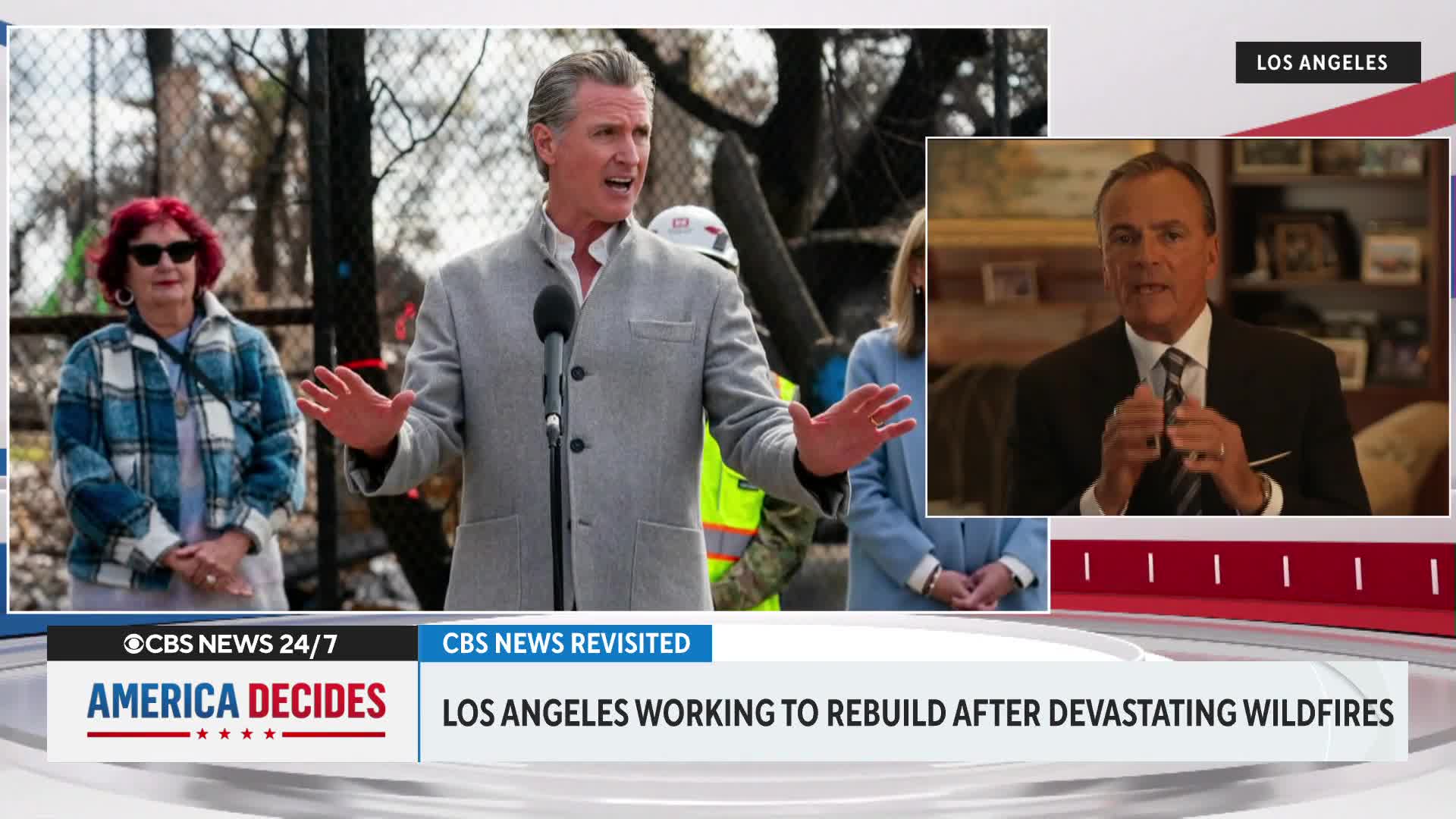Community Management
Community management is an essential strategic approach that focuses on nurturing and engaging audiences across digital platforms, thereby transforming mere followers into loyal brand advocates. It involves creating, managing, and sustaining online communities where customers, employees, and partners can interact meaningfully. Community managers play crucial roles in these networks, acting as the voice of the brand while fostering relationships, addressing concerns, and cultivating loyalty. Key responsibilities include initiating discussions, creating content, gathering feedback, and ensuring a thriving community atmosphere. The latest statistics show that 86% of businesses view community management as pivotal for success, with active communities leading to a remarkable 53% increase in customer retention. As technology continues to evolve, community management is increasingly characterized by hyper-personalization, where experiences are tailored to individual users through advanced data analytics and AI integrations. This approach facilitates targeted communication, enhances member satisfaction, and boosts engagement. Furthermore, the rise of niche communities allows for deeper connections, as smaller groups of highly engaged members foster trust and collaboration. Notably, the integration of social media strategies and user-generated content has become vital in building brand visibility and authenticity. By blending the latest technological advancements with human-centric approaches, community management stands at the forefront of enhancing customer relationships, providing valuable insights, and driving sustainable growth in today's competitive landscape.
What is Rick Caruso's main frustration regarding the wildfire recovery efforts in Los Angeles?
Rick Caruso shares the frustration of many people who have lost their homes, businesses, and livelihoods due to the wildfires and don't see enough progress in recovery efforts. He emphasizes the urgent need to accelerate the pace of action in cleaning up affected areas and helping displaced residents return to their homes. Caruso believes the recovery process needs to move faster to address the needs of thousands of affected individuals. His concern reflects the community's growing impatience with the slow response to this devastating crisis, and he advocates for more immediate and effective action to rebuild what was lost.
Watch clip answer (00:17m)What is the super chat goal for this streaming session?
The stream has set a goal of receiving five super chat contributions within a three-hour timeframe. If this goal is successfully achieved, the content creator has promised to extend the streaming session, providing more entertainment for the audience. This challenge is designed to foster community engagement and create an exciting, interactive experience where viewers can directly contribute to the stream's duration and content.
Watch clip answer (00:00m)Why do Rio de Janeiro's favelas suffer more severely during heat waves?
Rio's favelas suffer disproportionately during heat waves because they function as treeless urban heat islands composed primarily of brick and concrete. These densely built neighborhoods lack vegetation that would provide natural cooling, instead absorbing and retaining heat from their construction materials. The absence of shade trees combined with the heat-trapping properties of brick and concrete creates microclimates that experience higher temperatures than surrounding areas, making it especially difficult for residents to find relief from extreme heat conditions.
Watch clip answer (00:10m)What were the consequences of leadership failures during the Los Angeles wildfires?
The transcript reveals that massive leadership failures occurred at both elected and appointed levels during the Los Angeles wildfires. These failures had devastating consequences for the community, directly costing people their lives, homes, and livelihoods. As more information emerges about the disaster response, it becomes clear that inadequate leadership significantly worsened the impact of the wildfires on affected residents, highlighting critical gaps in disaster management and recovery efforts.
Watch clip answer (00:12m)How will federal employee cuts affect local communities and public lands?
Federal employee cuts will create a ripple effect impacting families, communities, and the care of natural resources. With reduced staffing, public lands will not receive the same standard of care, which will directly affect tourism and the local economy. For communities that depend heavily on tourism related to these natural areas, the consequences are particularly devastating. Amanda Mae Downey, who has lived and worked in her community her entire life, finds these potential changes heartbreaking as they threaten both environmental stewardship and economic stability in tourism-dependent regions.
Watch clip answer (00:36m)What are the broader impacts of federal employee cuts according to Amanda Mae Downey?
According to Amanda, the federal employee cuts will create a ripple effect starting with employees and their families, but extending into their communities. She explains that natural resources and public lands will suffer from reduced care standards, which will ultimately impact tourism and the local economy. As someone who has lived, worked, and played in her community her entire life, Amanda finds this particularly heartbreaking since her community depends heavily on tourism. She emphasizes that these cuts not only affect federal workers directly but will deteriorate the quality of public land management, creating cascading negative effects throughout the community ecosystem.
Watch clip answer (00:36m)




